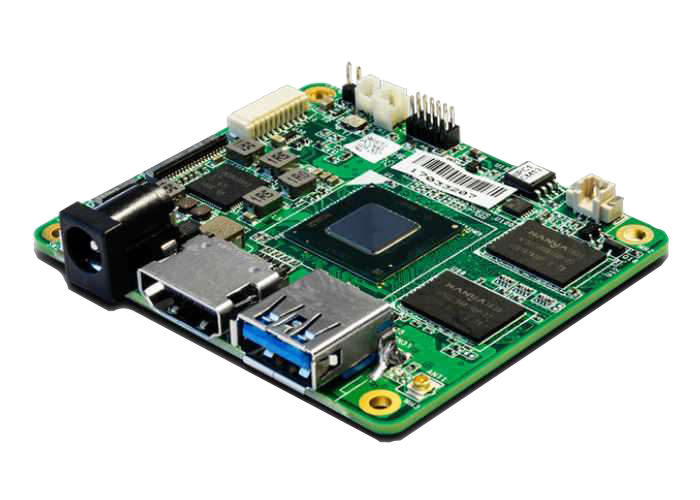Technically both are RISC based but probably they are way different in implementation. I’m thinking about buying a RISC-V SBC, and I just want to be sure about compatiblity with running ARM based software.
RISC is just a design philosophy, ARM and RISC-V are different command sets (opcodes) and software will have to be recompiled to run on it without emulation, which would be slow.
Think of it like languages. Both Japanese and English can describe an apple, but the actual words are dramatically different.
A good thing is that with the ARM revolution people have gotten used to building and debugging code that can build on both x64 and ARM, so being able to build and run on RISC-V is like learning a third (or fourth language if you include going from x86 to x86-64) and anyone who’s learned languages will tell you each one is easier to learn than the last. It will take less time for developers to have RISC-V build targets in theory.
Ahh I see, so that means I would probably be an ‘early adoter’ to urging companies including RISC-V in their build targets, right?
Yes, the idea is already in practice with Pine products, as their products are RISC-V powered and they blatently tell you that you should only buy this if youre interested in development, or at least technical.
No. This is like asking if a 6502 microprocessor can run a 6809’s code because they’re both 8-bit micros.
The family of instruction sets under the RISC-V banner is completely different from the family of instruction sets under the ARM banner. I’ll compile this program for RISC-V and ARM and show you the compiler outputs for an example:
#include int main(int argc, char** argv) { printf("Hello, world!"); }First ARM (a fairly generic ARM32 processor core’s output):
.LC0: .ascii "Hello, world!\000" main: push {r7, lr} sub sp, sp, #8 add r7, sp, #0 str r0, [r7, #4] str r1, [r7] movw r0, #:lower16:.LC0 movt r0, #:upper16:.LC0 bl printf movs r3, #0 mov r0, r3 adds r7, r7, #8 mov sp, r7 pop {r7, pc}Now RISC-V (again a fairly convention 32-bit RISC-V core):
.LC0: .string "Hello, world!" main: addi sp,sp,-32 sw ra,28(sp) sw s0,24(sp) addi s0,sp,32 sw a0,-20(s0) sw a1,-24(s0) lui a5,%hi(.LC0) addi a0,a5,%lo(.LC0) call printf li a5,0 mv a0,a5 lw ra,28(sp) lw s0,24(sp) addi sp,sp,32 jr raComparing the two you’re going to note several very major differences. One of the biggest and easiest to spot, however, is how ARM pushes
r7andlronto the stack at the beginning, but popsr7andpcat the end. This is becauselrcontains the “return address” (it’s a bit more complicated than that, but close enough for jazz) on entry andpcis the “program counter” which is where the processor will get its next instruction from. By popping what was thelrvalue intopcyou’ve effectively done a transfer of control to the return address without an explicit branch.RISC-V, conversely, uses
ra(their equivalent oflr) pushed onto the stack (note how each value is pushed manually, not part of a combined instruction), then popped back from the stack and an explicitjrbranch instruction is used to set the next instruction to be executed. So even ignoring the different names of instructions (which could just be different naming conventions for the same thing), the very way the two systems operate is very different.So while ARM and RISC-V are both RISC processors, they are not even similar to each other in operations beyond both following the RISC philosophy of instruction set design.
Thank you for the detailed answer. I feel I learned something today.
No troubles.
If you really want to know what assembler looks like and how it relates to higher-level languages when compiled, you can’t really beat Godbolt. It’s amazing what you can learn from there, and changing options to include maximum optimization, for example, can show you just how much work compilers do for you under the covers these days.
Developers are working hard to rebase apps to run on RISC-V silicon. There seem to be a good number of open source apps already available, though I haven’t seen a definitive list anywhere. I use the Alpine Linux repository to monitor progress : https://pkgs.alpinelinux.org/packages?name=&branch=edge&repo=&arch=riscv64&maintainer=
Building for RISC-V also means updating compilers to target RISC-V. Optimizations that are available on x86 may not be the same as what is available as on RISC-V platforms, so it may take a while for performance and support to improve.




